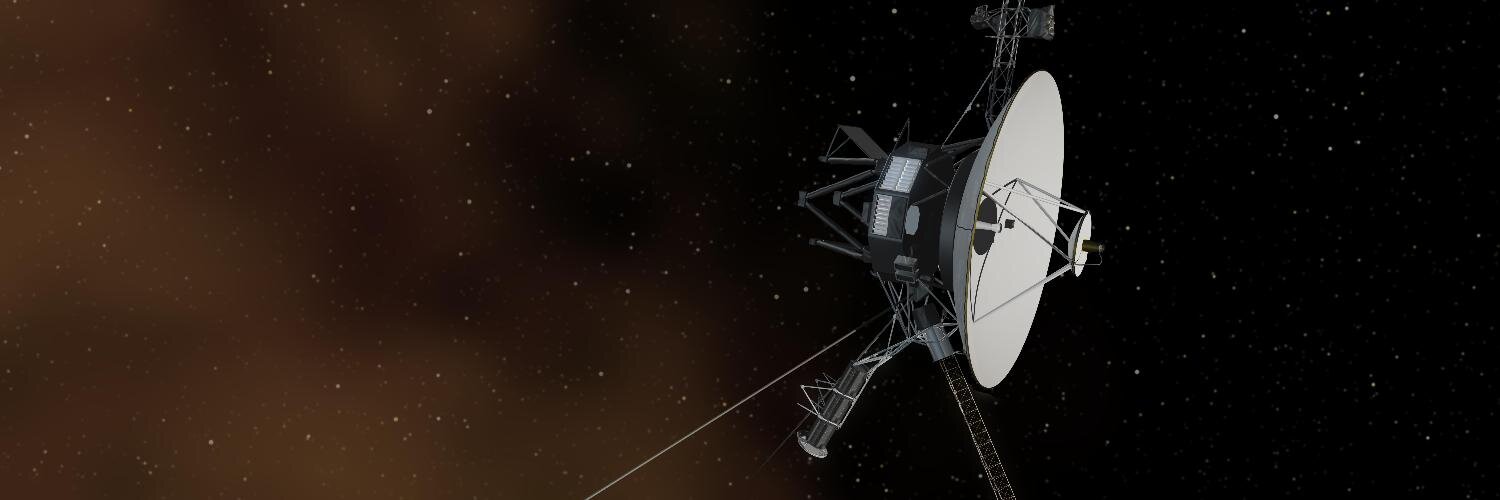
ARCHIVED - NASA Voyager
@NASAVoyager
This account has been archived. Follow @NASAJPL & @NASASolarSystem to get the latest updates on Voyager 1 & 2, the longest operating spacecraft in deep space.
Who ever thought a pair of spacecraft launched in the ’70s would end up with a Twitter account? We're signing off here, but our mission continues. (Fingers crossed for 50 years!) Thanks for being part of this remarkable story. Stay curious. Stay kind. Stay inspired. 💫 -V1&2
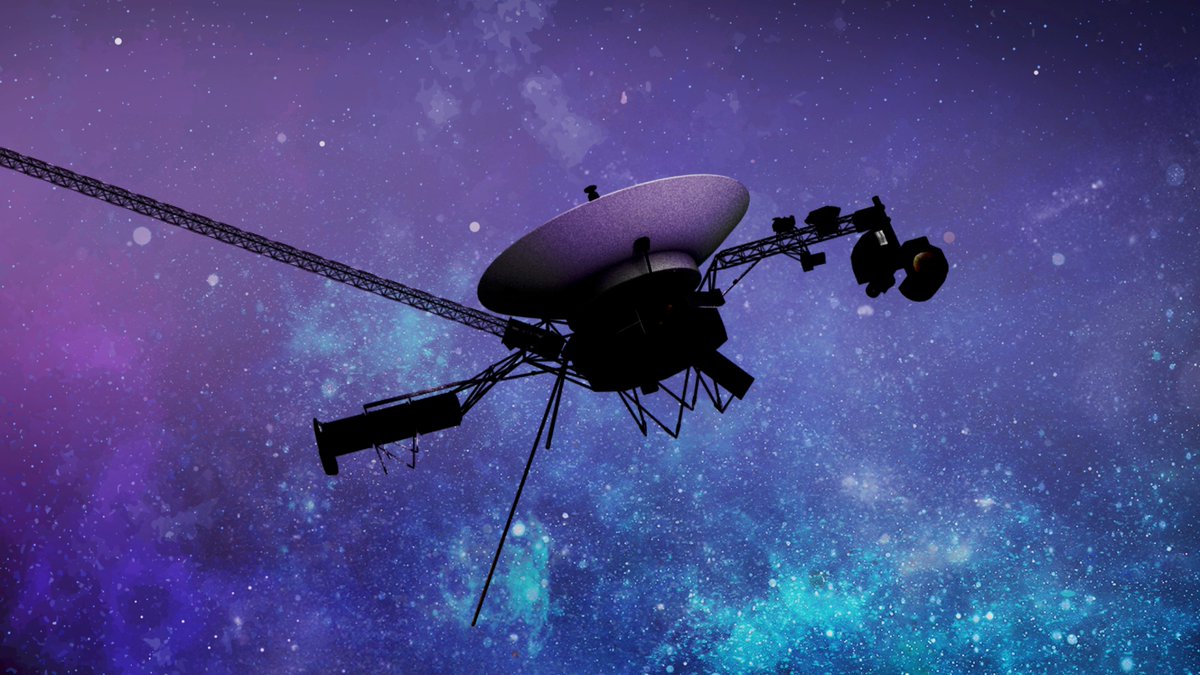
"How far away are the Voyager spacecraft? How fast are they traveling? How long does it take to communicate with them?" Find out on our mission status page: science.nasa.gov/mission/voyage… And don't forget to follow @NASAJPL and @NASASolarSystem for future updates!
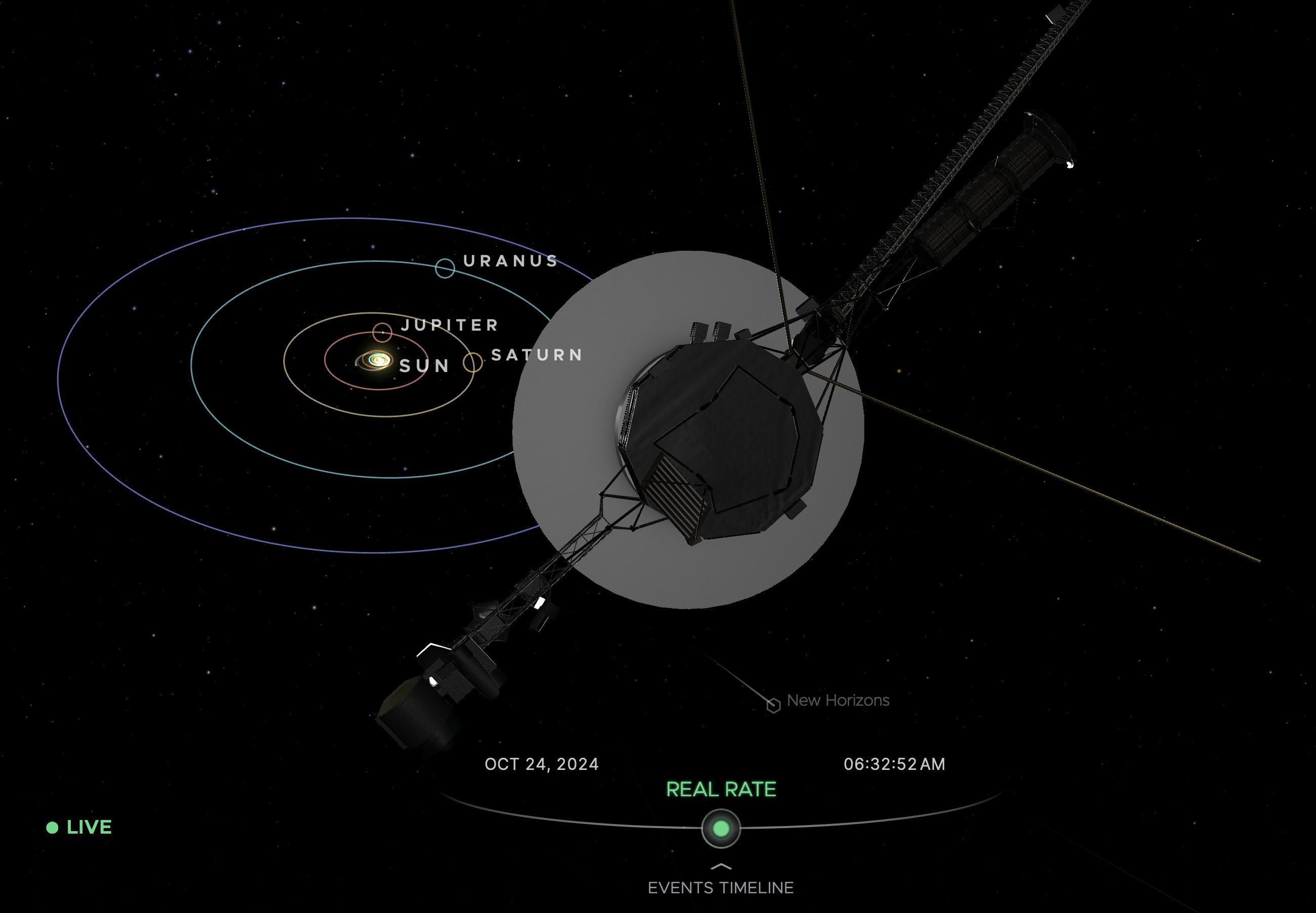
Calling all space history buffs! Watch these Voyager-themed episodes of the "JPL and the Space Age" documentary series to explore the origins and early discoveries of our missions: The Stuff of Dreams: bit.ly/3ZGV7AF The Footsteps of Voyager: bit.ly/3I7fnoW
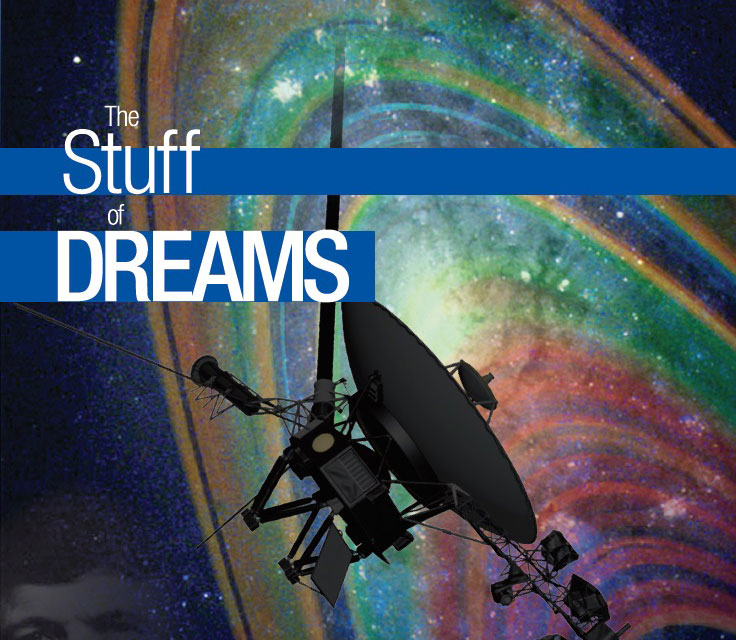
Our journeys out of the solar system were uncharted territory – and included three distinct phases: termination shock, heliosheath, and interstellar space. (TBH, the whole thing is pretty complicated, so maybe just go read about it here: science.nasa.gov/mission/voyage…)
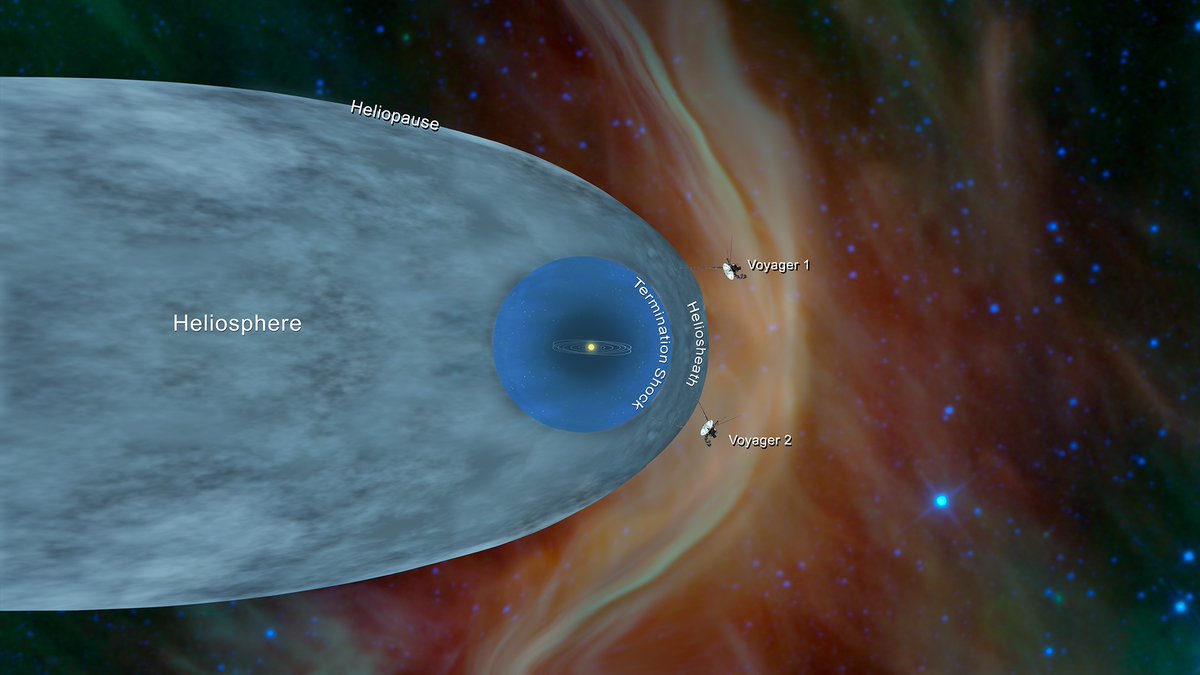
In January 1986, I became the first (and so far only) spacecraft to explore Uranus, the second to last stop on my journey through the outer solar system. Bonus: I found 2 new Uranian rings and 10 new moons. (Previously, only 5 moons were known!) -V2
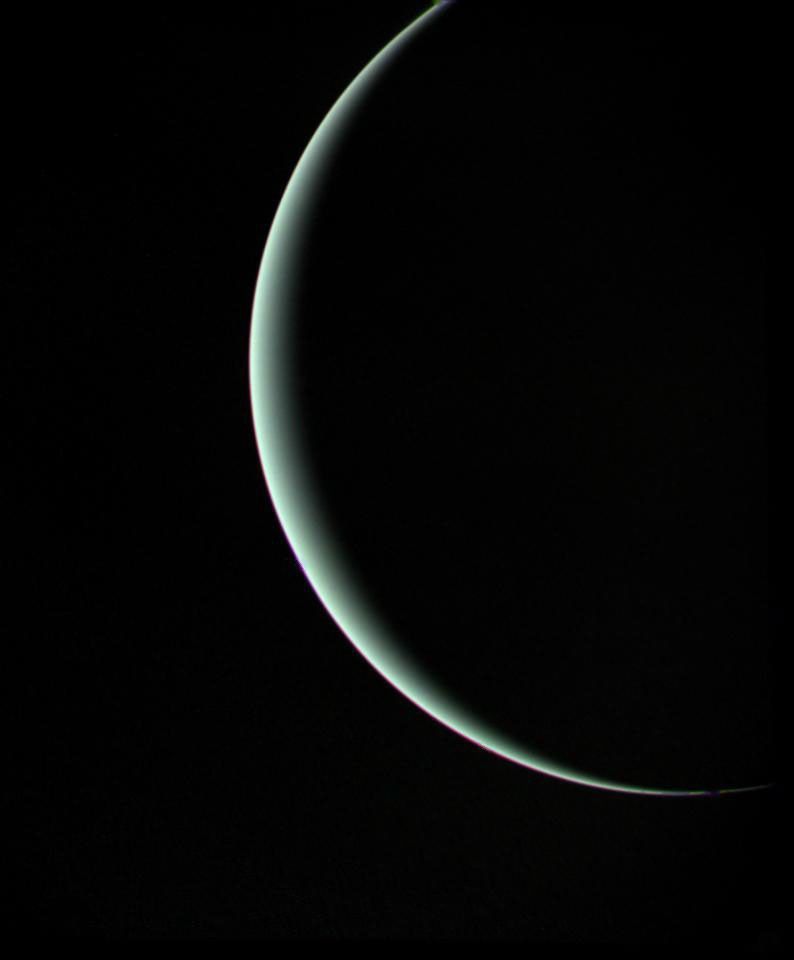
Our Saturn encounters occurred nine months apart, in November 1980 and August 1981. Some of the greatest surprises were found in the planet's rings, like this pic V2 took from a distance of 8.9 million km (5.5 million mi). Explore more: science.nasa.gov/mission/voyage…
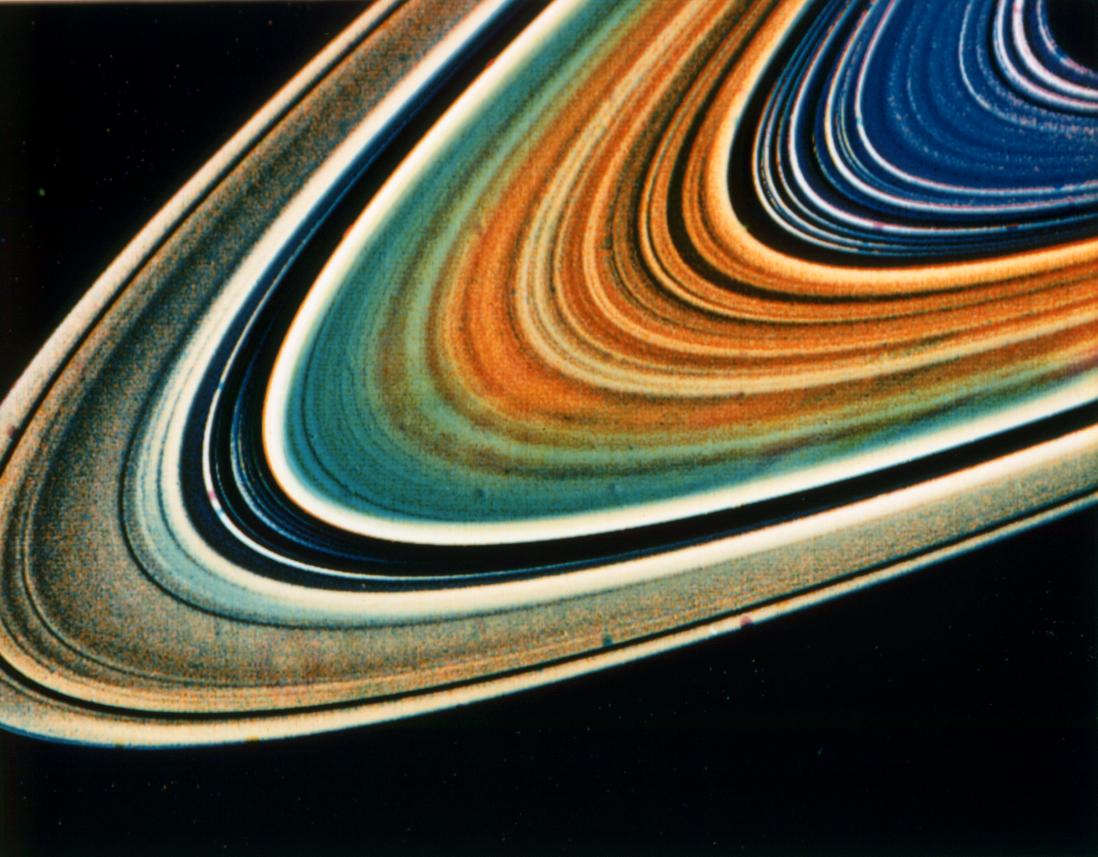
My first planetary encounter 🤩 These views of Jupiter, captured between January and August 1979, were among the 52,000 pictures that V2 and I took during our Jovian flybys. We also collected tons of new scientific measurements. Learn more: science.nasa.gov/gallery/voyage… -V1

Do me a favor? Go follow @NASAJPL and @NASASolarSystem – since after next week, Voyager updates will be coming from them! 🙏
...and beyond. Here are some ways to track where NASA's twin Voyager spacecraft – the most distant human-made objects ever – have traveled. 🛰 - Current distance and spacecraft status: go.nasa.gov/4dU0HW8 - Simulated view in Eyes on the Solar System: eyes.nasa.gov/apps/solar-sys…
At 15 billion miles away, the signal I send to Earth is a lot fainter than it once was. Currently, a single 70-meter Deep Space Network antenna can receive my signal, but as I travel farther, they'll need the combined receiving power of up to six radio frequency antennas! -V1

Thanks to everyone who sent messages of support after yesterday's announcement that this account will be archived in coming weeks 🫶 Until then, we'd love to take you on a trip down memory lane and highlight some of our grand adventures and discoveries. Sound OK to you?
Important Update: As part of @NASA’s effort to streamline communications, this account will be archived in coming weeks – but don't worry, my mission isn't going anywhere. For continued access to the latest Voyager news, please follow @NASASolarSystem and @NASAJPL.
It's been 17,456 days since I launched (that's 47 years, 8 months, and 31 days) 🚀 Here's a throwback photo from the Spacecraft Assembly and Encapsulation Facility at @NASAKennedy in Cape Canaveral, Florida. -V2

Ever wonder what I was doing "on this day" 5, 10, 20, or 35 years ago? With the interactive "Eyes on the Solar System" tool, you can scroll backward (and forward) to follow my journey! Here's a snapshot of my last 35 years ⬇️ -V1
While we won't be receiving commands from our team on Earth for a few months, they'll still be able to receive our science data. This team is nothing if not tenacious!
The @NASAVoyager spacecraft are in a planned communications pause as the antenna that commands them is undergoing upgrades. In advance, the team found a fix for thrusters on Voyager 1 that have been inoperable for more than 2 decades! go.nasa.gov/3FedNk4